1. Exploring Portugal's Historical Centers
Everyone enjoys strolling through historic city centers, and in Portugal, there are numerous centers that have been designated as World Heritage sites. Each of these cities is highly recommended for a visit:
Evora
During the Middle Ages, Evora served as the residence for several Portuguese kings and was also home to the archbishop of the Evora province. The city center, which was declared a World Heritage Site in 1986, has managed to preserve its original form over time. It boasts approximately 4,000 historic buildings enclosed within ancient walls, along with churches, palaces, gates and squares. All these elements combine to create an authentic "museum city" experience in ancient Evora.

Porto
The historic center of the city boasts some of its most iconic symbols, such as Clerigosh Church and its prominent bell tower, visible from almost every corner. Recognized as a world heritage site in 1996, the city center holds immense national significance for Portugal. Numerous ancient churches adorn this area, including Porto Cathedral dating back to 1100, making it the oldest standing structure in the region.
Guimarães
In Guimarães, the historic center obtained World Heritage status in 2003. Twenty years later, this designation was extended to encompass the entire Quaros area - an integral part of the city known for its tanneries. Within Guimaraes Castle lies a significant historical event: it is where Afonso I, Portugal's first king and born in 1109 AD.
Angra do Heroismo
The city, established in 1450, holds great historical significance as the oldest city in the Azores archipelago. In 1980, a devastating earthquake struck the historic center, causing significant destruction. Despite being accustomed to seismic activity, this particular earthquake was considered the most powerful in nearly two millennia. It took four years to fully restore and repair all the damages caused by this catastrophic event. Three years after the earthquake occurred, UNESCO declared the restored historic center as a world heritage site.
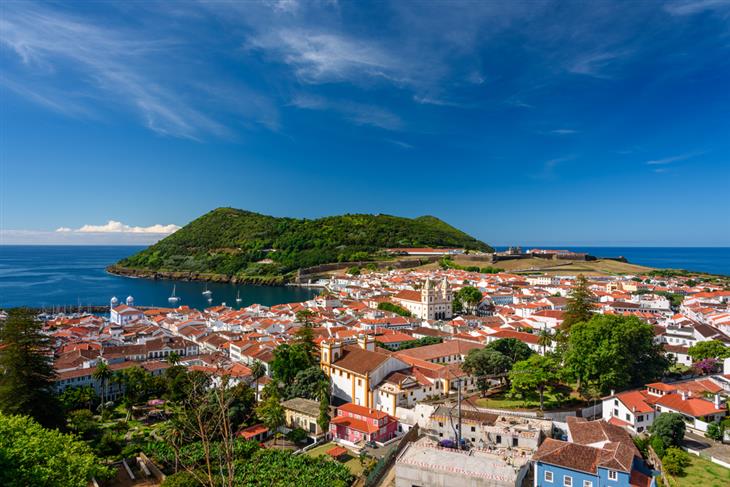
2. Elvas and its foritifications
Elvas serves both as a garrison and border city with its impressive fortifications. Recognizing its cultural value and architectural significance, UNESCO bestowed upon it an extended name in 2012: "the garrison and border city of Elvas and its fortifications." This name encompasses seven historically important monuments located within Alves and its surrounding areas. Notable landmarks include the Amoriera Aqueduct, Santa Luzia Fort (depicted below), Garza Fort and various bastions that were integral components of Elvas's historic center; many of which remain remarkably preserved to this day.
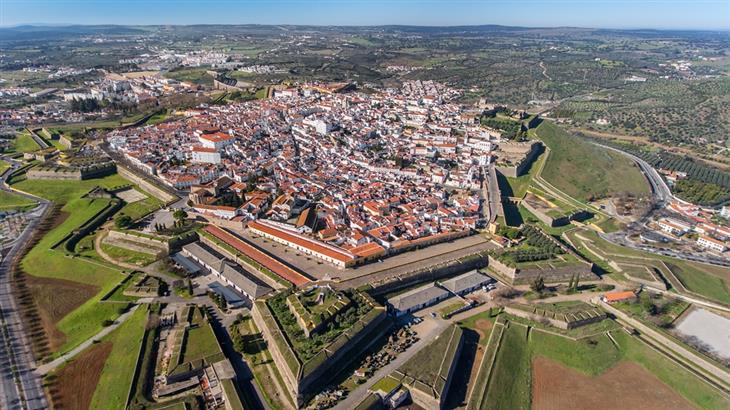
The official statement about the heritage site states that Elvas is an exceptional illustration of a garrison town and the defensive system of dry moats, which emerged due to disruptions in the power dynamics in Europe during the 17th century. Elves, as the remnants of an expansive war fortress, stands out as a military landscape with both visual and functional connections between its fortifications. It represents advancements in military architecture and technology influenced by Dutch, Italian, French, and English military theories and practices. Elvas serves as an extraordinary testament to Portugal's ambition for territory and independence, while also reflecting the universal ambitions of European nation-states during the 16th and 17th centuries.
3. Mefra's royal structure
Since 1910, this palace and its accompanying gardens have been recognized as a significant cultural site in Portugal. It was even a contender for the Seven Wonders of Portugal competition. In 2019, it was officially designated as a UNESCO World Heritage Site due to its historical importance.
The palace has a fascinating backstory. It originated in the 18th century, when King Joao V made a promise to construct a monastery if his wife gave birth to children. True to his word, he built this grand structure instead. Today, it stands as one of the most stunning examples of baroque architecture in Portugal and is considered one of the world's largest royal palaces with an area spanning approximately 430,000 square feet (40,000 square meters).
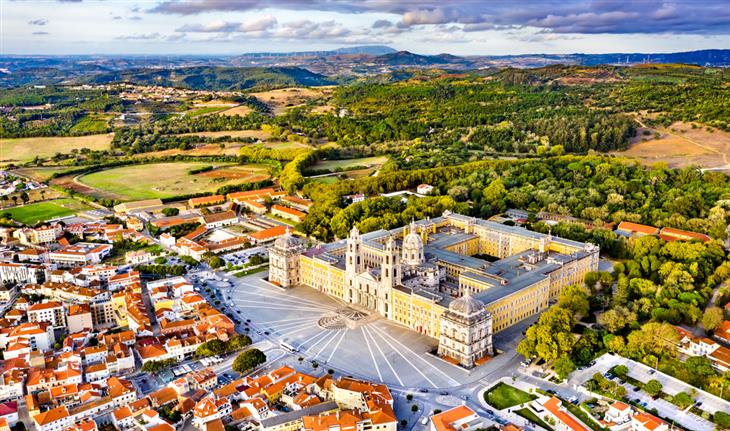
Overall, this magnificent palace holds immense national significance and boasts an incredible history that continues to captivate visitors from around the globe.
The palace's basilica, depicted below, has been constructed in the form of a Latin cross measuring 63 meters in length. Adjacent to it is a monastery belonging to the Franciscan monks of the Arrabida order. This monastery houses around 300 monks and provides individual cells for their accommodation. In addition to these structures, there is also a vast hunting park situated nearby, encompassing an area of approximately 8 square kilometers. This park serves as a habitat for various species including deer, wild boars, foxes, and birds of prey. Visitors are welcome to explore this park and engage in activities such as hiking, horseback riding, and even archery.
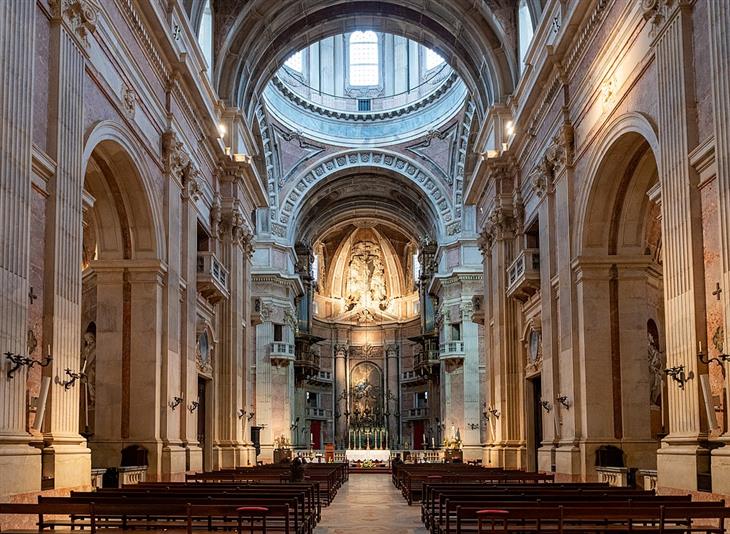
4. Bom Jesus Do Monte
Another noteworthy site is Bom Jesus Do Monte which holds religious significance within Catholicism. Located on the slopes of Mount Espinio towards the east of Braga city in northern Portugal; its translation to English means "The Holy Precinct of the Good Jesus on the Mountain". It has gained prominence as one of Portugal's most significant pilgrimage destinations over time. Recognized as a National Monument back in 1970 and later designated as a World Heritage Site in 2019; this place holds immense cultural value for its historical importance and architectural marvels it embodies.
The architectural scenery of the location evolved over a span of 600 years, and presently encompasses numerous structures and artistic elements such as walls, flights of stairs, courtyards, gardens, chapels, a church, fountains, and sculptures. The majority of these buildings were constructed in the Baroque style; however, there are also examples in the Rococo and Neoclassical styles.
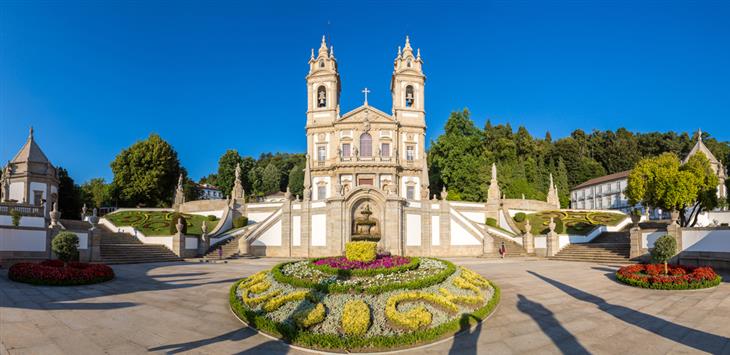
The staircase found on the premises consists of 581 steps and stands at an impressive height of 116 meters. It is divided into three sections: The lower portion is referred to as the "portico stairs," which houses ten chapels; following this is the section known as the "stairs of the senses," where six fountains dedicated to each sense can be found. Finally, there is an upper section called "the Stairs of Three Virtues," featuring three fountains devoted to faith, hope, and charity.
5. Belem Tower and Jeronimos Monastery
Additionally located at this site are Belem Tower and Jeronimos Monastery. The fortified tower located on the banks of the Tagus River in western Lisbon is known as "St. Vicente Tower of Belen". This tower, erected in the early 16th century, serves as a tribute to Vasco da Gama, the Portuguese explorer who made history by being the first to sail directly from Europe to India via sea. Today, it stands as an iconic symbol of Lisbon and was designated a world heritage site in 1983.

Adjacent to this tower is the Jerónimos Monastery, another world heritage site. The monastery showcases Manueline architecture at its peak. This architectural style was prevalent during the beginning of the 16th century in the Portuguese Empire and is characterized by intricate limestone carvings depicting sea creatures, monsters, shells, coral formations, and nautical elements such as ropes and anchors. Both structures serve as splendid examples of this unique construction style.
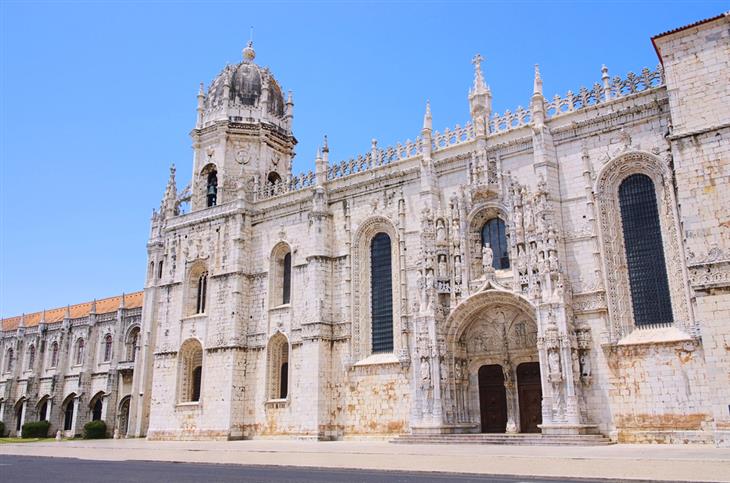
6. Monastery in Talia
This religious establishment is alternatively referred to as the "Monastery of Saint Mary of Victory" and is situated in the town of Battalia in central Portugal. It was established by King John I of Portugal and construction commenced in 1386, following a triumphant battle at Aljubarrota that occurred nearby a year earlier. The building process spanned approximately 130 years, yet it was already inhabited by 1388. Today, it stands as one of the finest examples in Portugal showcasing an intricate blend of Gothic architectural styles - particularly passionate Gothic and Manueline Gothic.
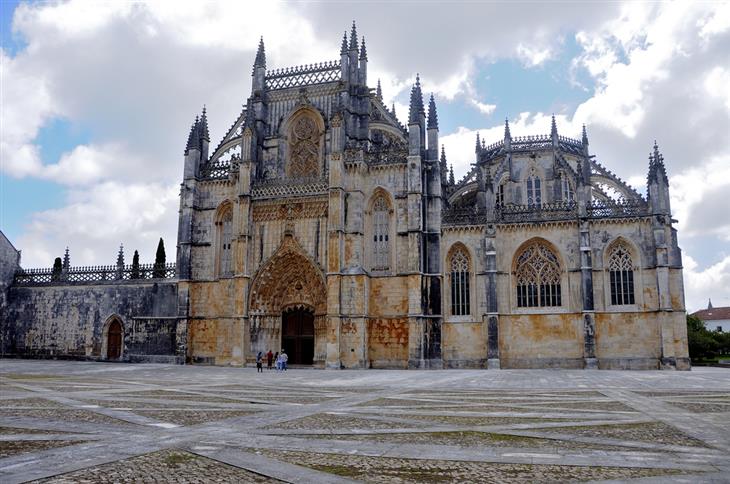
In recognition of its cultural significance, the monastery was designated a world heritage site in 1983. The entire complex can be divided into several distinct sections:
1. The church: This impressive structure measures 80 meters long, 22 meters wide, and reaches a height of 32 meters - giving it an elongated and towering appearance.
2. Founder's Chapel: Originally not part of the original plan, this section was added when João I decided to construct a pantheon for his family members. Remarkably, it became Portugal's first royal Pantheon.
3. The Unfinished Chapels: These chapels were originally intended for use as a mausoleum for King Duarte's family. However, construction came to a halt following the deaths of both the king and the architect responsible for their design. Eventually, King Manuel I took charge and oversaw the completion of these structures.
4. The royal cloister: Spanning roughly 50 meters on each side, this cloister features seven arches per side. Interestingly, different parts of the cloister were constructed separately. The southern and eastern sections were built by architect Dominguez, while the northern and western parts were handled by architect Huguet.
5. The council house: This distinctive building boasts a star-shaped ceiling with eight points. What makes it truly unique is that it is unsupported by any columns within its space – an idea that was groundbreaking yet risky at the time. In fact, workers involved in its construction were condemned prisoners facing capital punishment. Despite two failed attempts prior to its success, it is said that architect Hoguet spent an entire night inside the hall to quell criticisms directed towards him.
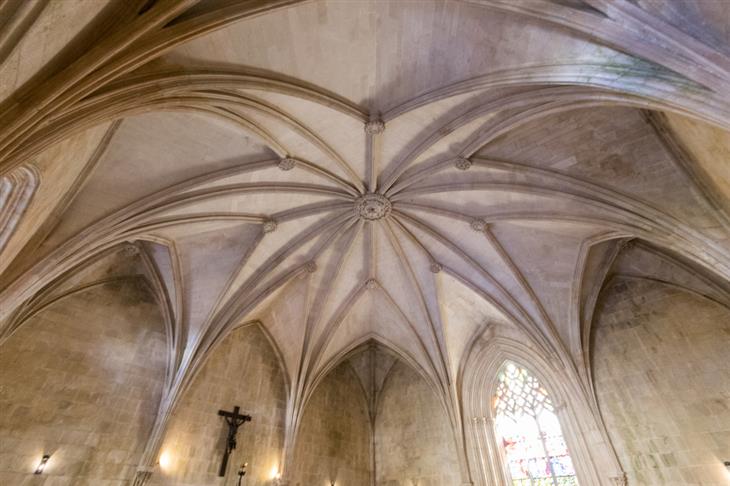
7. The wine culture landscapes in Portugal
Portugal is renowned for its extensive history in the realm of wine production, boasting several entire regions that have been dedicated to winemaking for generations. Notably, two of these regions have even garnered recognition from UNESCO as World Heritage Sites.
One such region is the Alto Douro wine region, which earned its prestigious title in 2001. The wines produced here exhibit a remarkable diversity, ranging from light Bordeaux-style claret to opulent Burgundy-style wines aged in pristine oak barrels.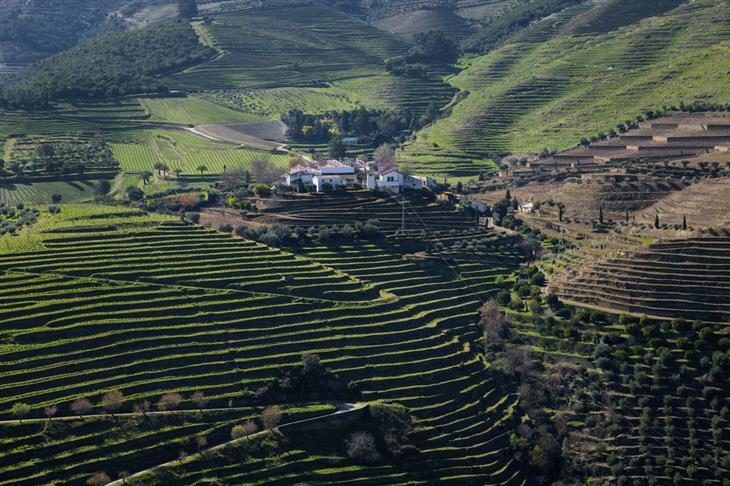
The second recognized site is Pico Island, which was designated as a World Heritage Site in 2004. This island has earned the moniker "Black Island" due to its distinct black volcanic soil sourced from Mount Pico - a towering volcano with an impressive summit reaching 2,351 meters above sea level. In fact, Mount Pico claims the distinction of being Portugal's highest peak and one of the loftiest points on the entire Mid-Atlantic Ridge. Thanks to this fertile soil found on the island, a unique wine culture flourished since settlers first arrived during the 15th century.
Photo source: depositphotos
